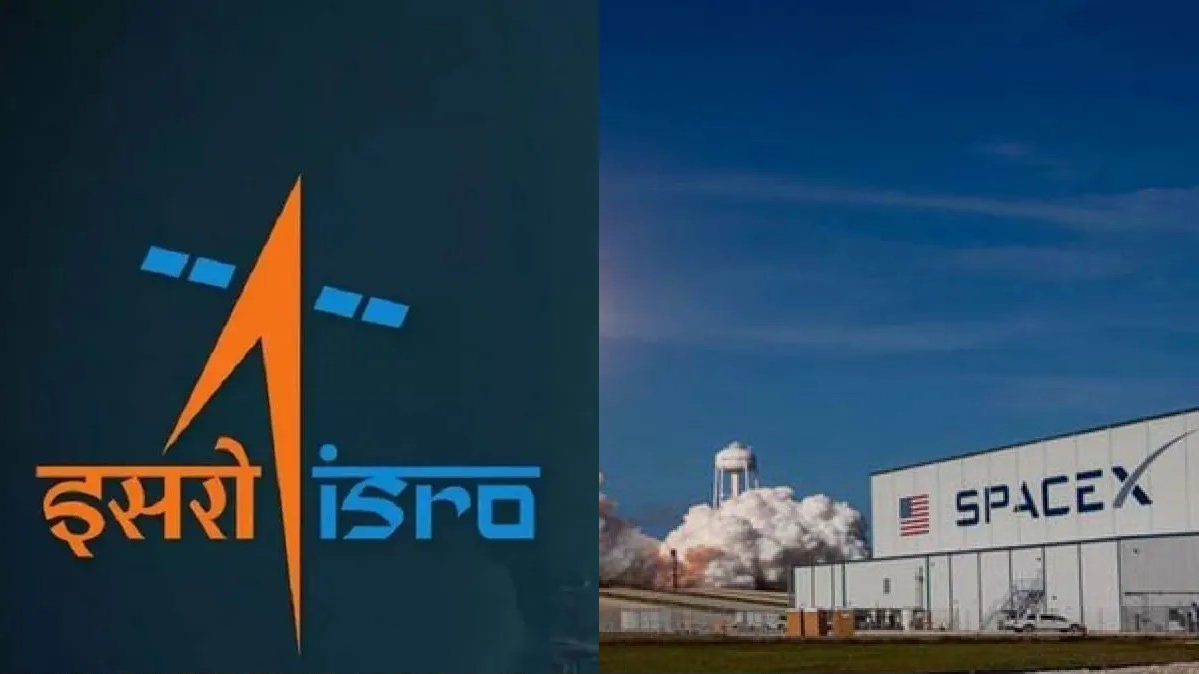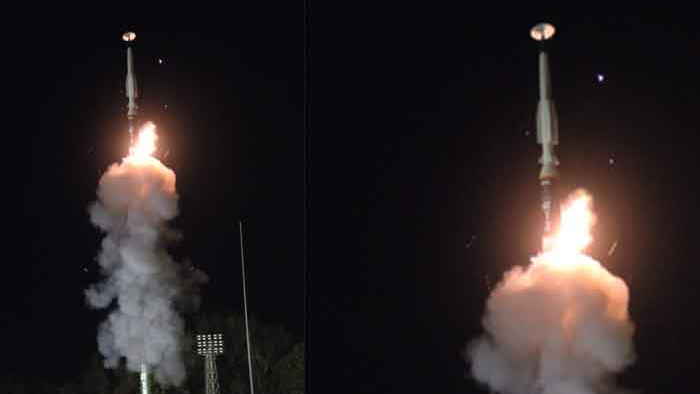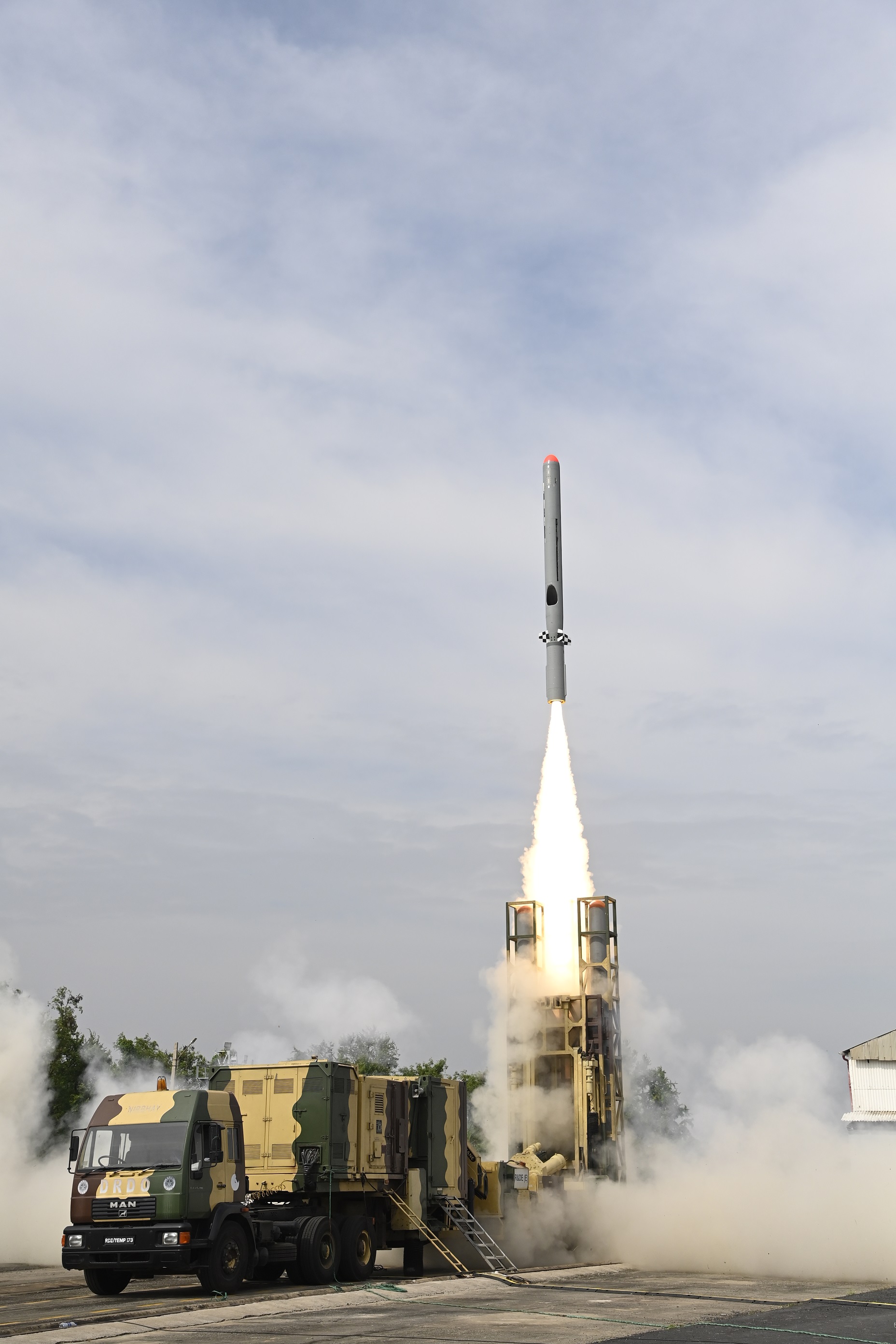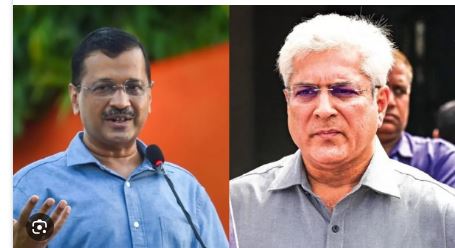In a groundbreaking collaboration that transcends borders and pushes the boundaries of space exploration, India is entrusting its heaviest communication satellite to date to Elon Musk's SpaceX. This landmark launch, scheduled for November 19th from Cape Canaveral, Florida, signifies a new era of cooperation between the Indian Space Research Organisation (ISRO) and the American aerospace giant.
At the heart of this mission is GSAT-20, a powerful communication satellite designed to revolutionize India's connectivity landscape. Weighing in at a massive 4,700 kg, this technological marvel surpasses the carrying capacity of ISRO's current launch vehicles, necessitating the partnership with SpaceX and its robust Falcon 9 rocket.
GSAT-20 is poised to provide a wide array of vital services across India, including high-speed internet connectivity to remote areas, bolstering communication networks, and enabling in-flight internet services – a burgeoning sector recently greenlit by Indian aviation authorities. Equipped with 32 user beams, including strategically positioned narrow and wide spot beams supported by ground-based hub stations, GSAT-20 will blanket the nation with enhanced communication capabilities.
This launch is particularly significant as it marks the first commercial collaboration between ISRO and SpaceX. Previously, India relied heavily on European launch services, particularly Arianespace, for its heavier satellites. However, with Arianespace currently facing operational challenges and geopolitical tensions limiting options from Russia and China, SpaceX emerged as the most reliable and cost-effective partner. This partnership not only underscores the growing synergy between the two space agencies but also highlights India's strategic approach to achieving its ambitious space goals. By leveraging SpaceX's proven launch capabilities, ISRO can focus on developing cutting-edge satellite technology and expanding its communication infrastructure without being constrained by launch vehicle limitations.
This collaboration extends beyond just launching satellites. ISRO and SpaceX are indirectly working together to send an Indian astronaut to the International Space Station in 2025. While SpaceX is not directly involved in the training, the astronaut will be ferried to and from the ISS aboard SpaceX's Dragon spacecraft, further solidifying the interconnectedness of their space endeavors. As both organizations continue to push the frontiers of space exploration, this launch serves as a testament to the power of international collaboration and the boundless possibilities that arise when nations unite in the pursuit of scientific advancement and technological innovation.












































